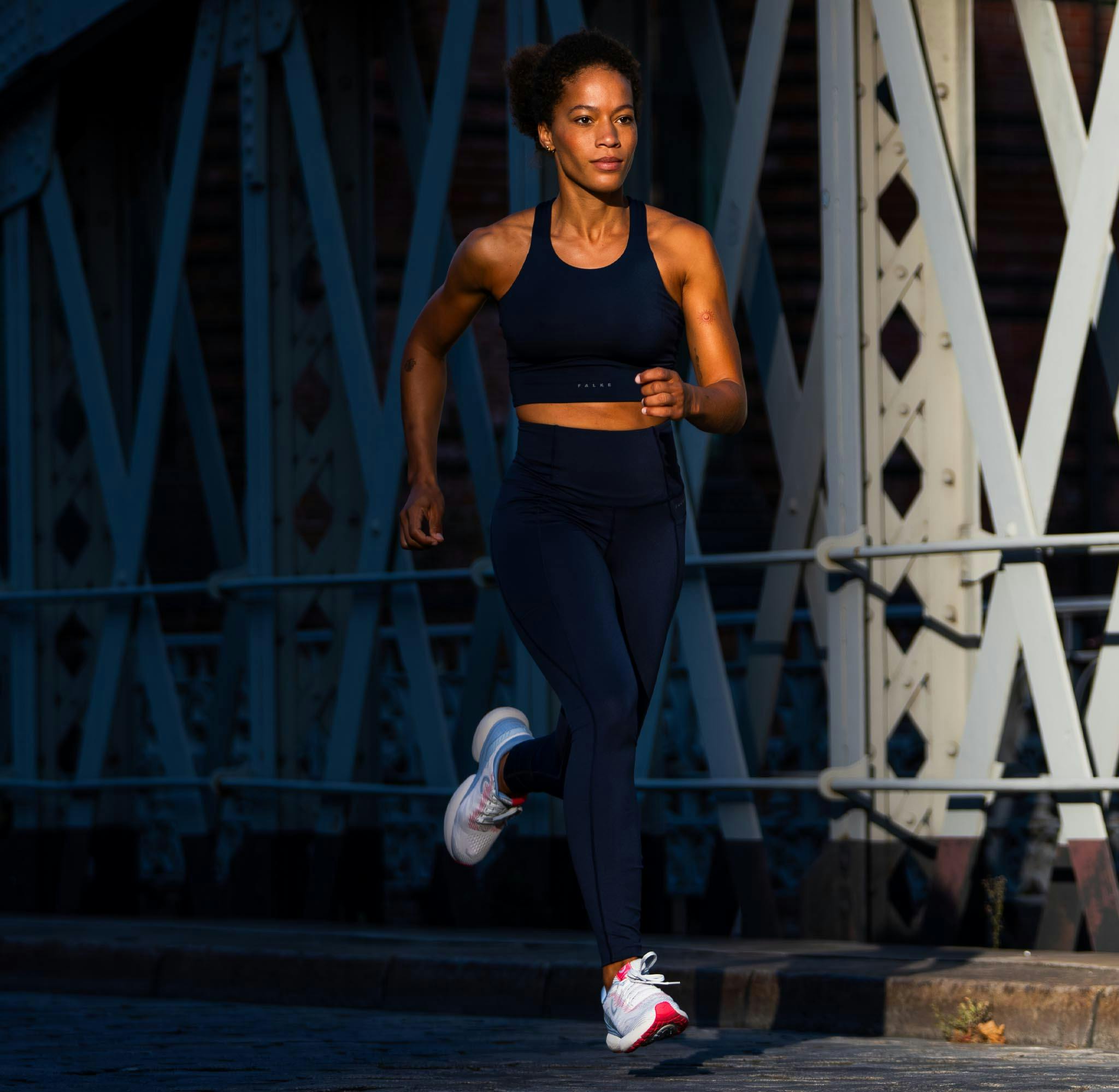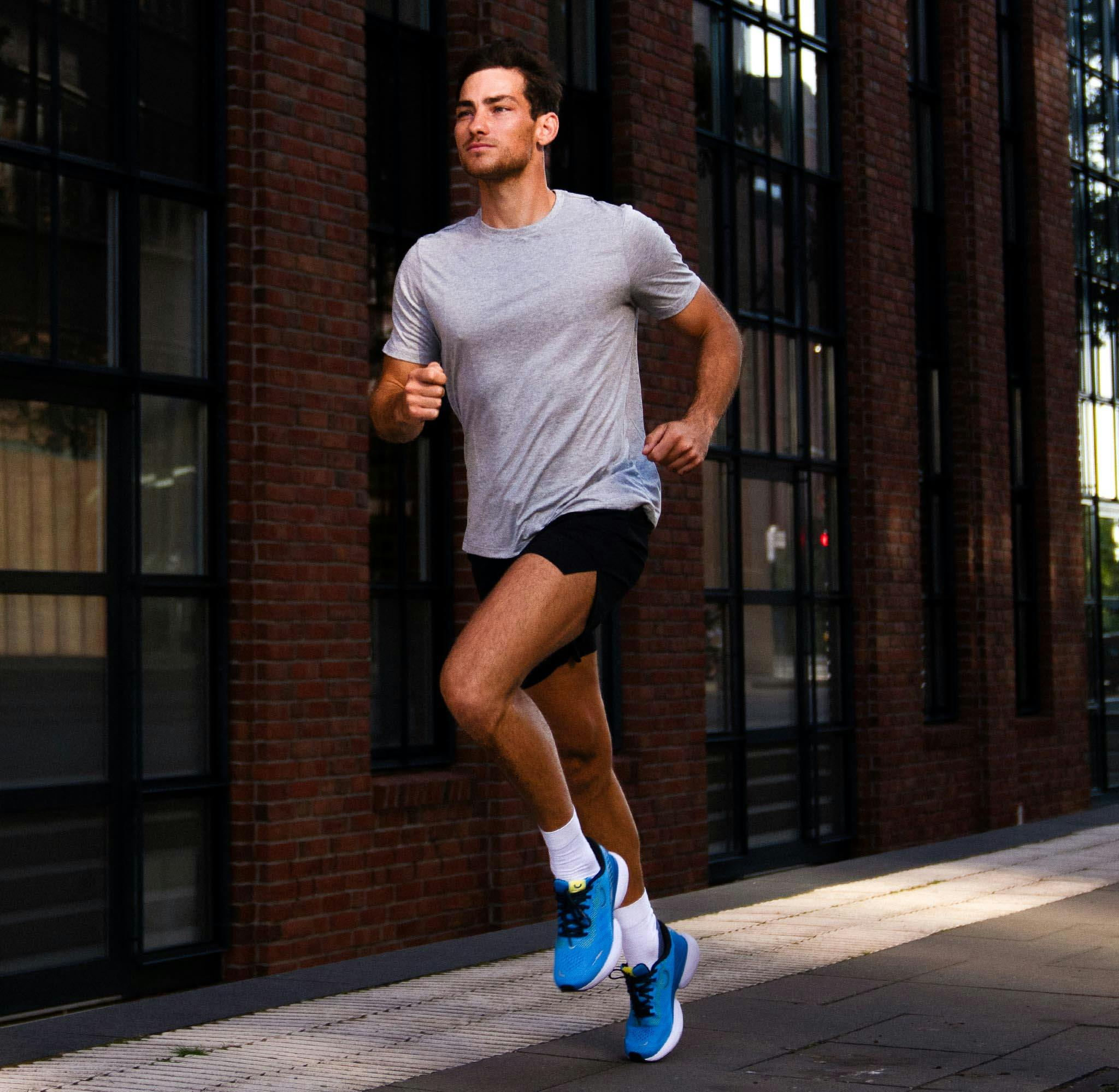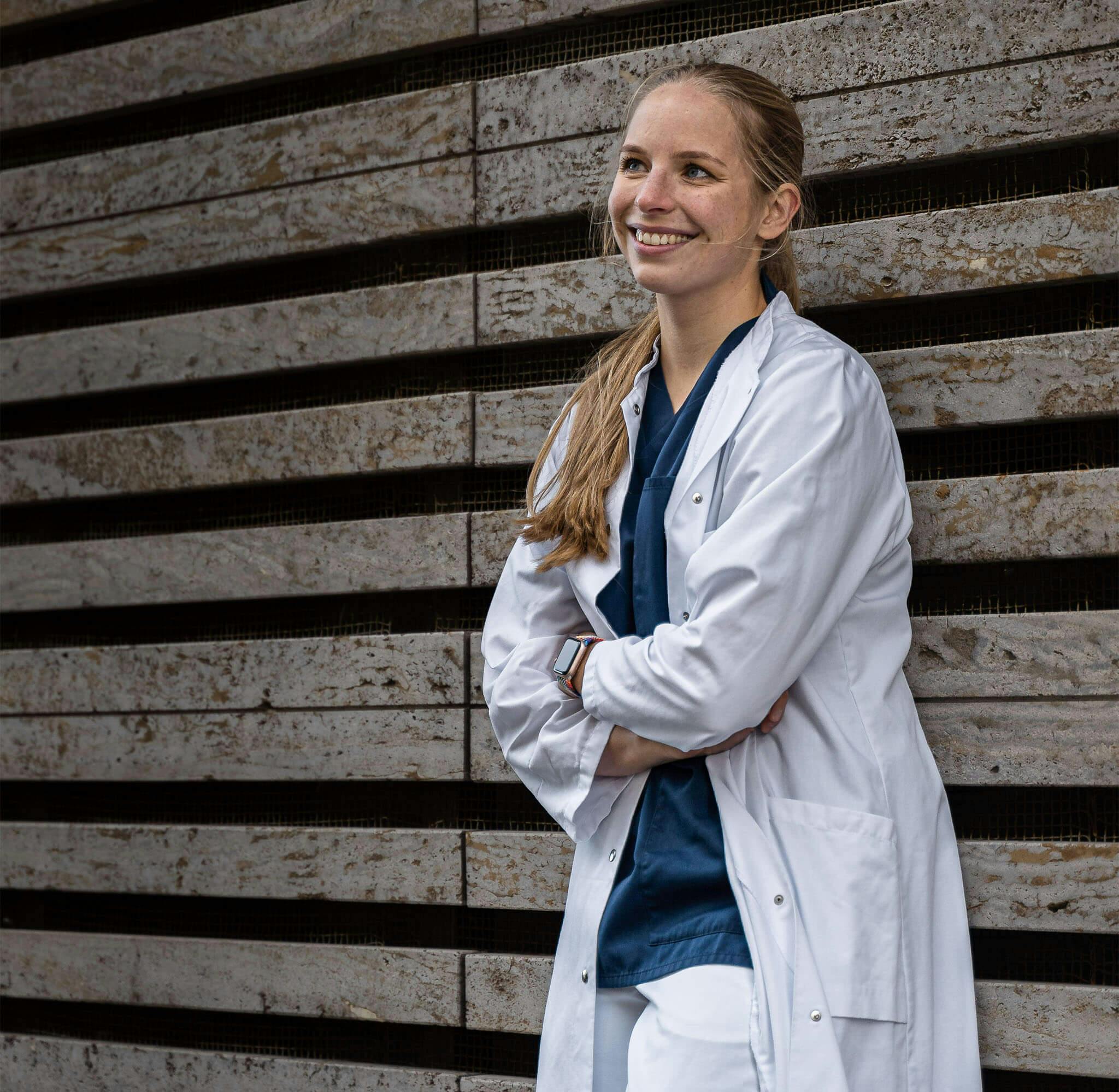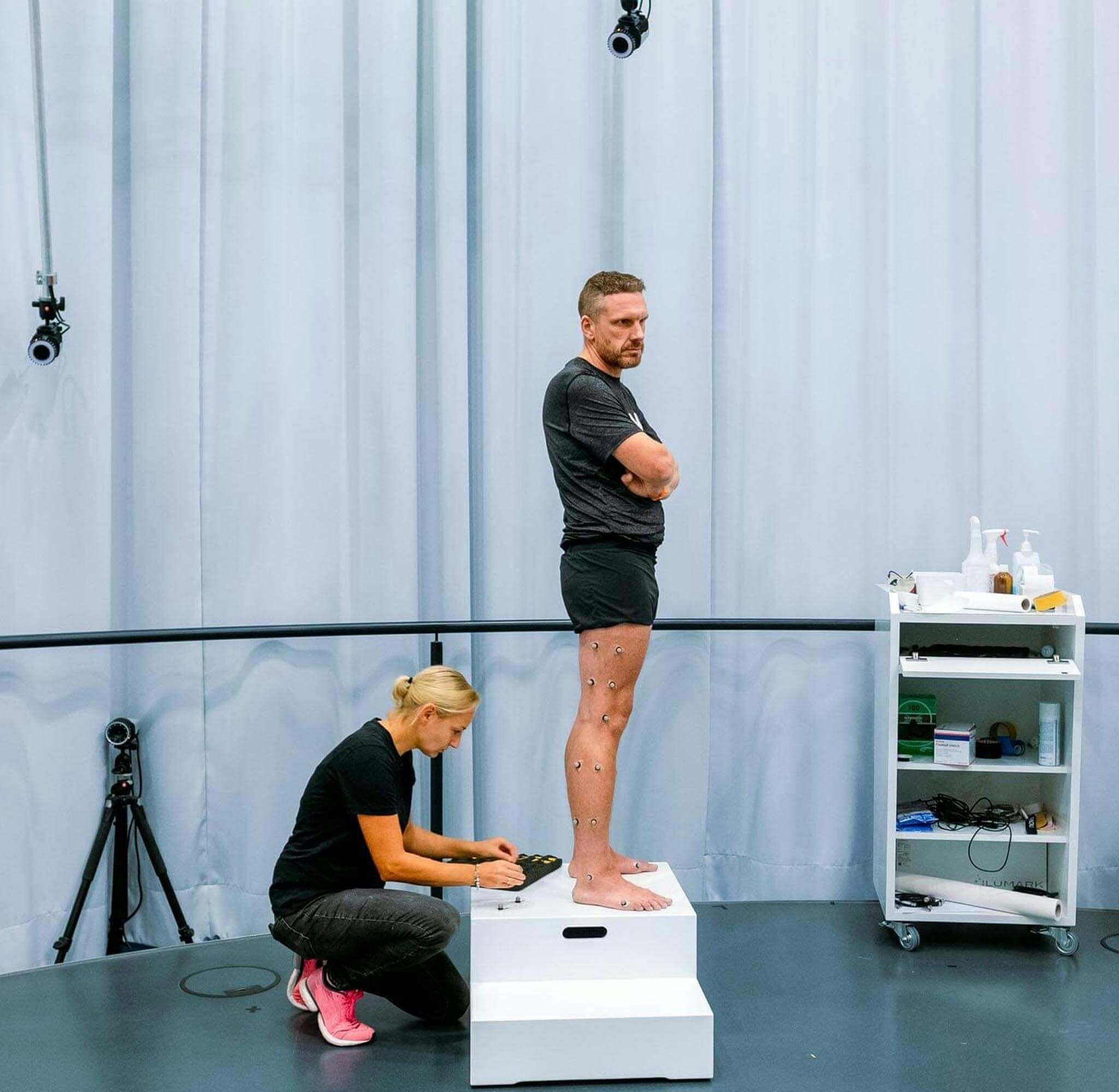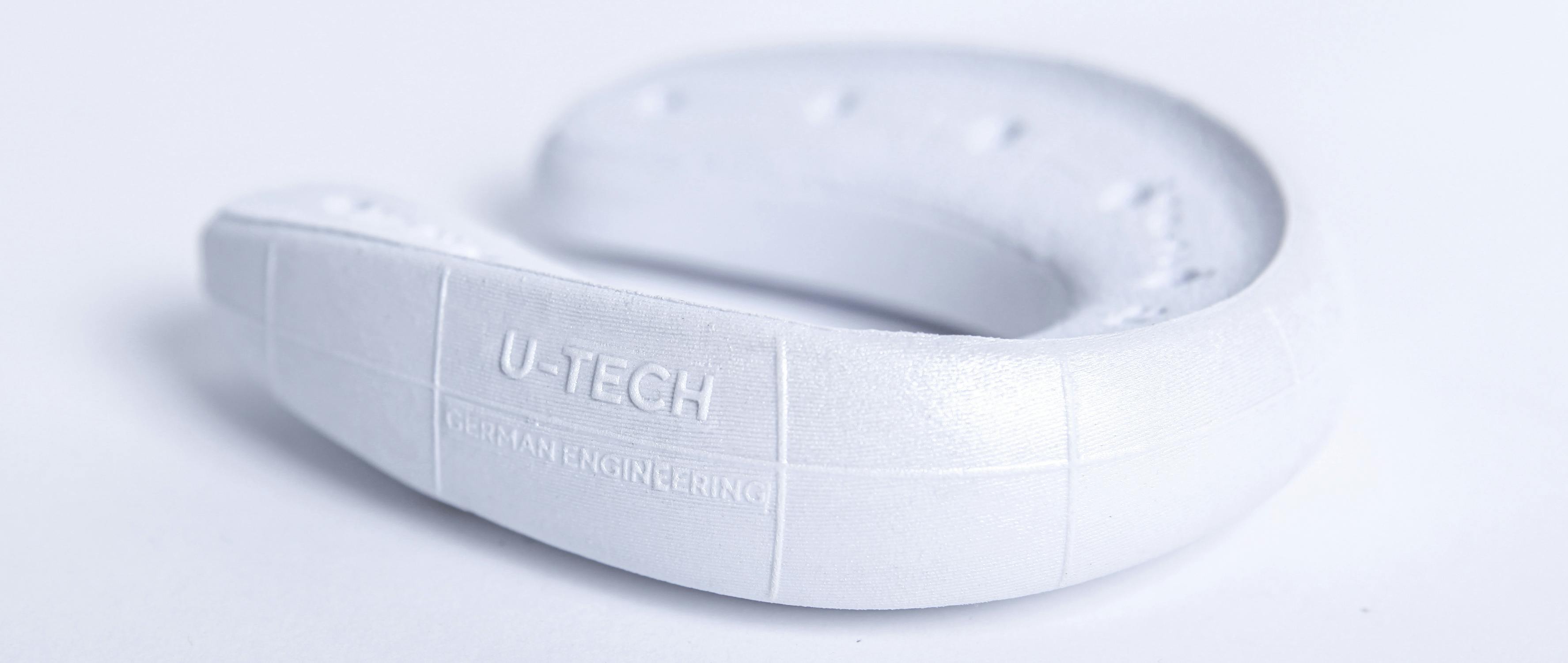
How a Running Shoe Is Made – From a Piece of Mesh to the Finished Shoe
6th March 2022
Building a running shoe is true craftsmanship. Workers assemble, sew, and glue together dozens of smaller and larger individual parts. At True Motion, there are about 50 such parts per pair. We will show you how a finished running shoe is made from a piece of mesh fabric and foam.
Content:
Die-cutting the upper mesh
Stitching the tongue
No-sewing the eyestay
Lasting the shoe
Threading the laces
Pressing the midsole
Stockfitting the midsole
Adjusting the midsole
Packaging the running shoe
“The fit of a running shoe is crucial,“ says Andre Kriwet, running shoe developer and co-founder of True Motion. It’s what most runners love about their favorite shoe. If a shoe doesn’t fit well, it will ultimately not be purchased.
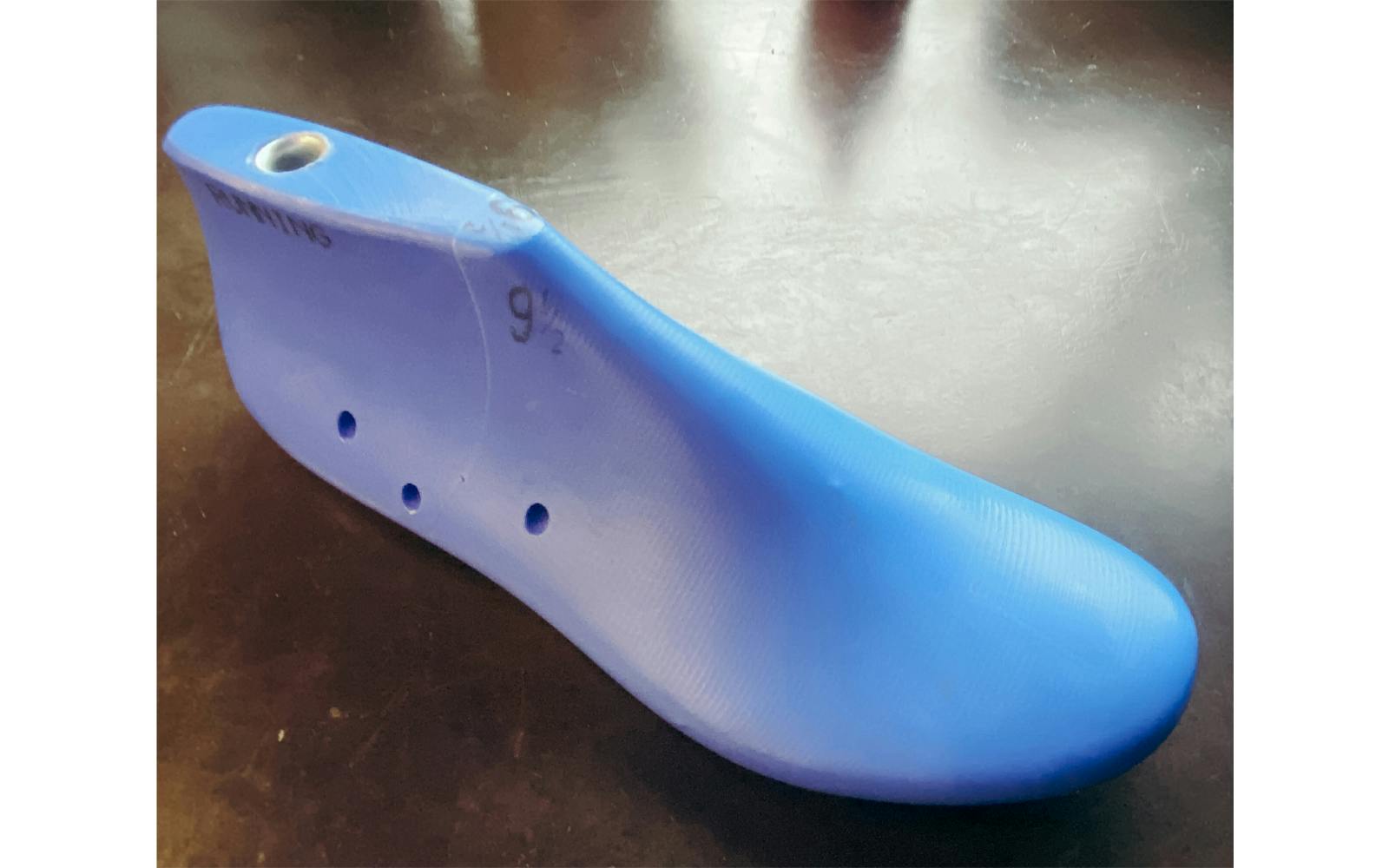
“The fit is mainly determined by the last,“ explains expert Andre Kriwet. The plastic foot mold determines length, volume, all proportions, and the instep of a running shoe. Not surprisingly, the last is the sanctuary of running shoe brands.
This is true for True Motion as well. “We analyzed thousands of runners’ feet,“ the running shoe developer says. “From the results, we eventually created our current last.“ And that’s exactly what every running shoe at True Motion starts with – like the U-TECH Nevos next gen.
Die-cutting the upper mesh
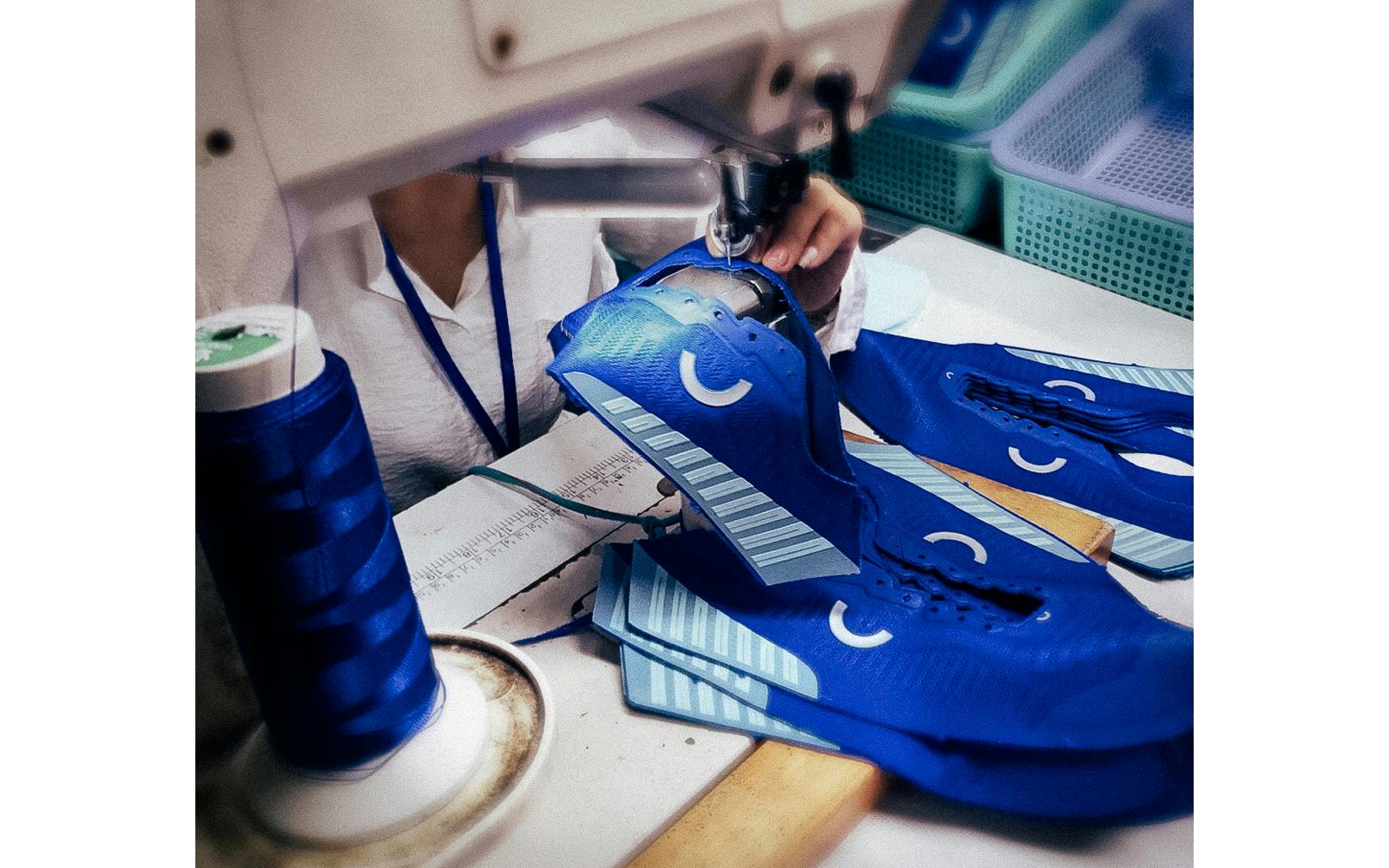
Before a recognizable running shoe is created from the individual parts, a die-cut shape is used to cut out the upper from the mesh material used.
Stitching the tongue
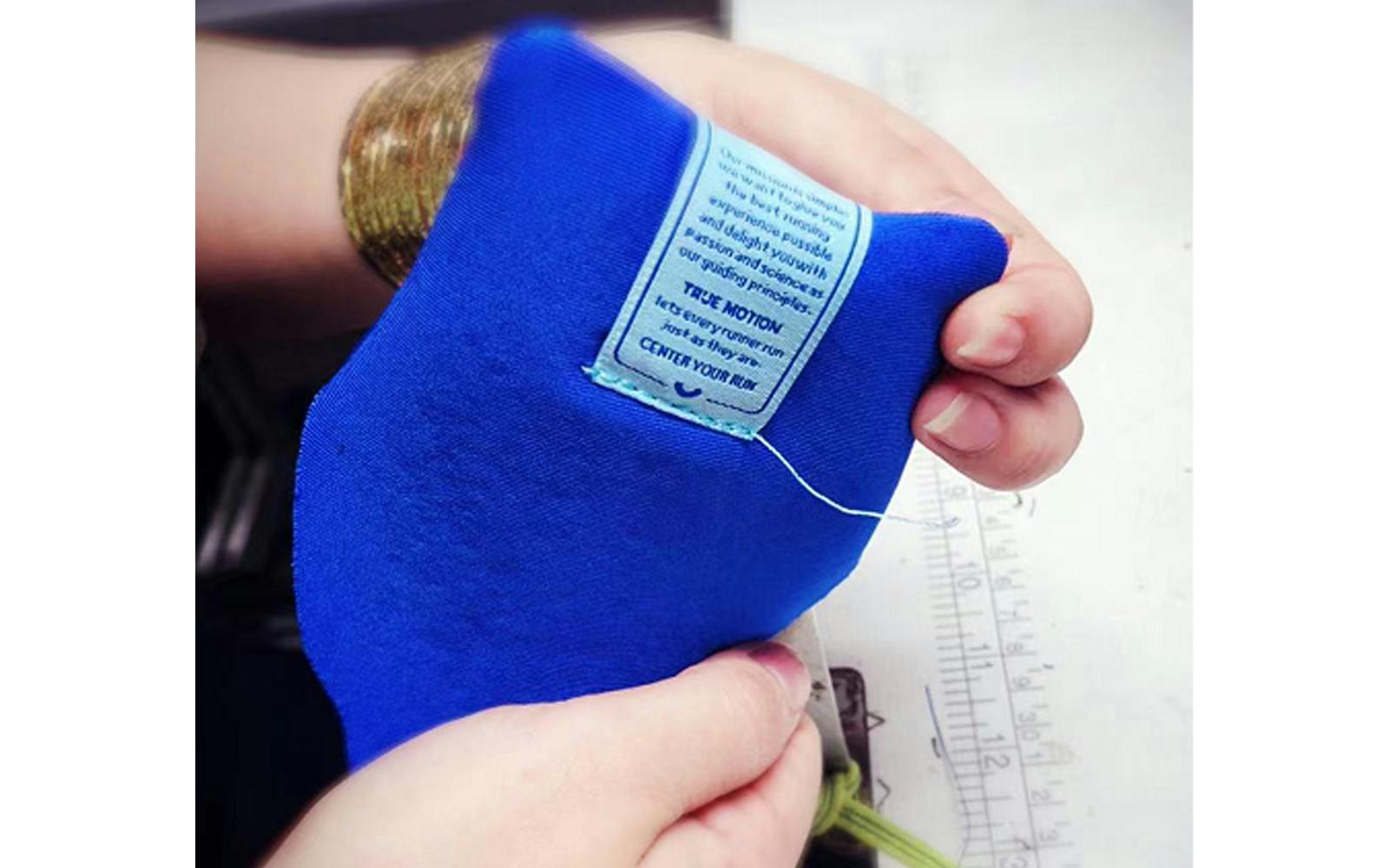
In the next step, the workers sew the tongue of the shoe – and apply the label. Later, the finished tongue is attached to the upper. To prevent the tongue from slipping when running, it is stitched to the upper material with elastic elements.
No-sewing the eyestay
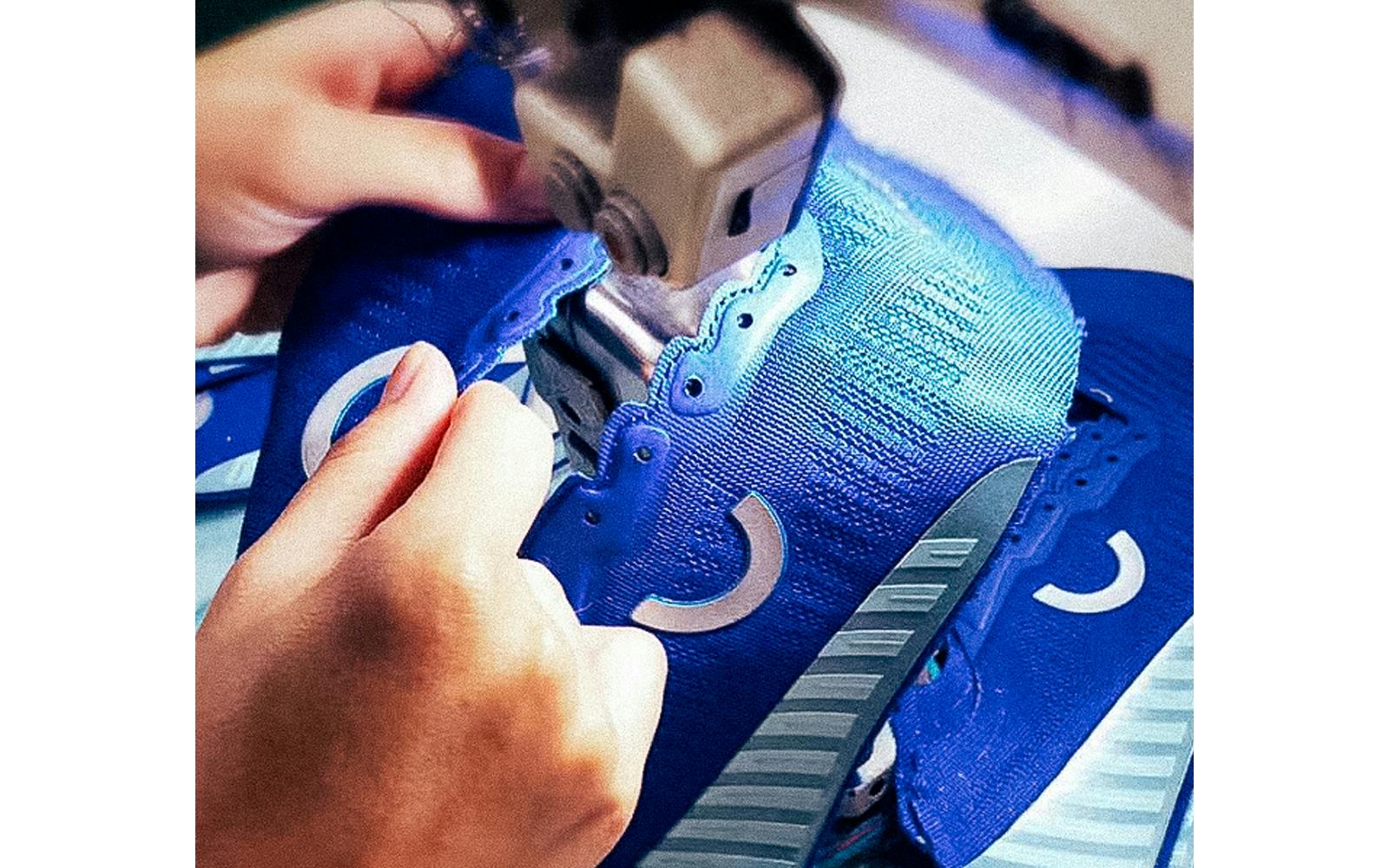
Before that, the eyestay is adhered to the upper, and the matching holes for the laces are punched. Oval elastic laces prevent the tied laces from coming undone when running.
Lasting the shoe
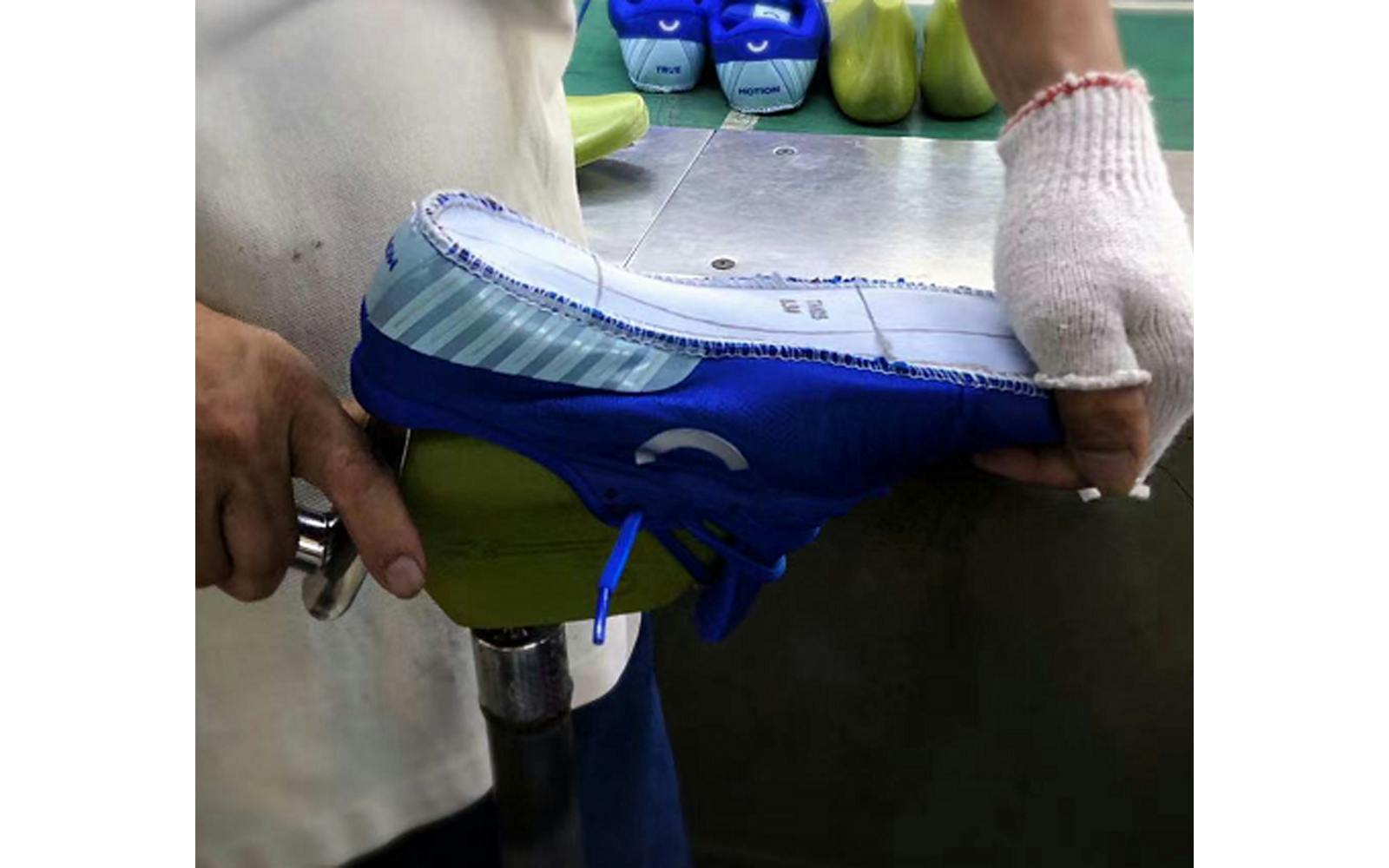
The upper is then shaped into a recognizable shoe shape for the first time. With the help of a kind of shoehorn, the workers manually last the shoe. The design of the shoe can be anticipated for the first time.
Threading the laces
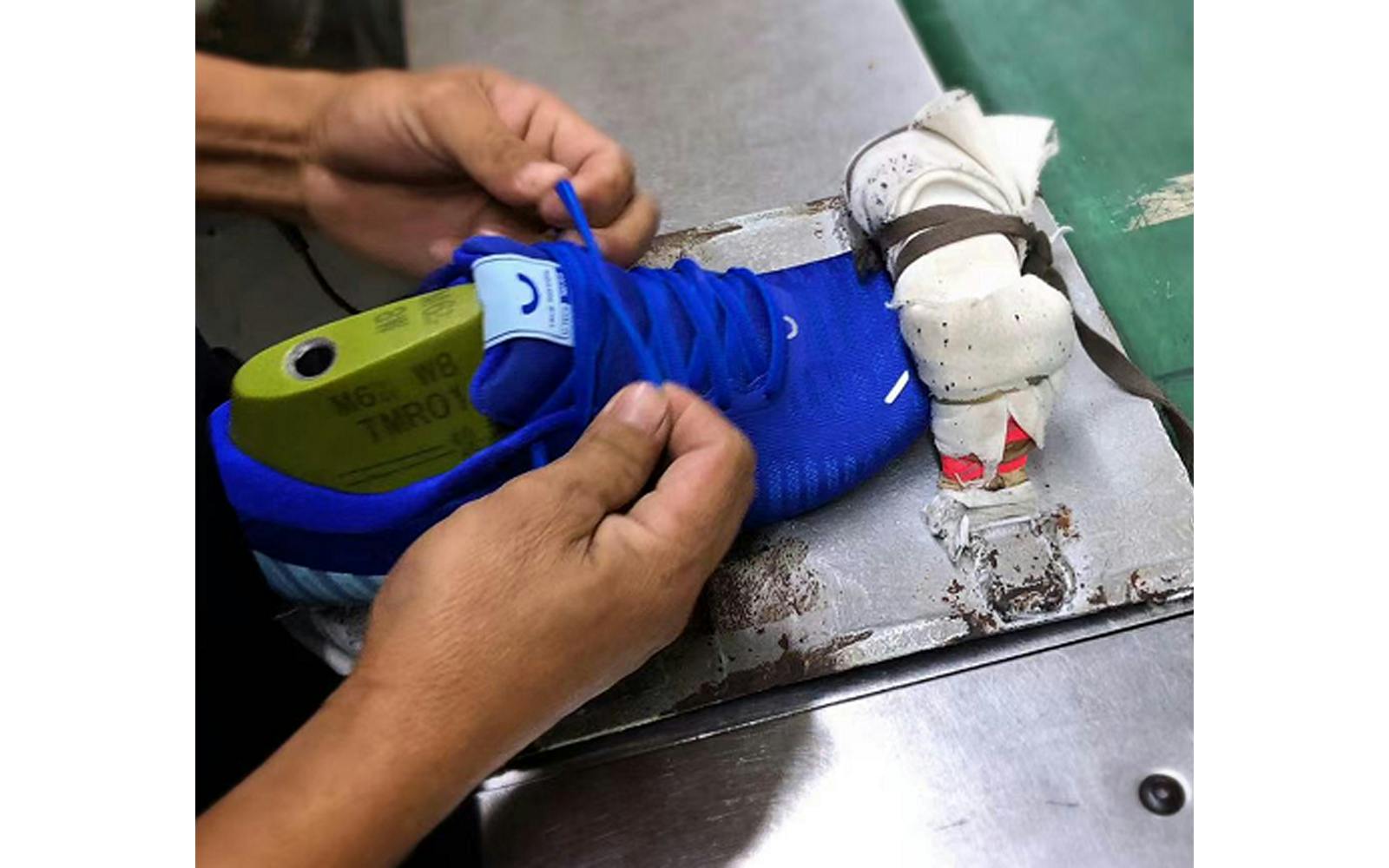
During the next steps, the running shoe remains on its last. First, the workers thread the laces. The shoe is clamped in the toe area.
Pressing the midsole
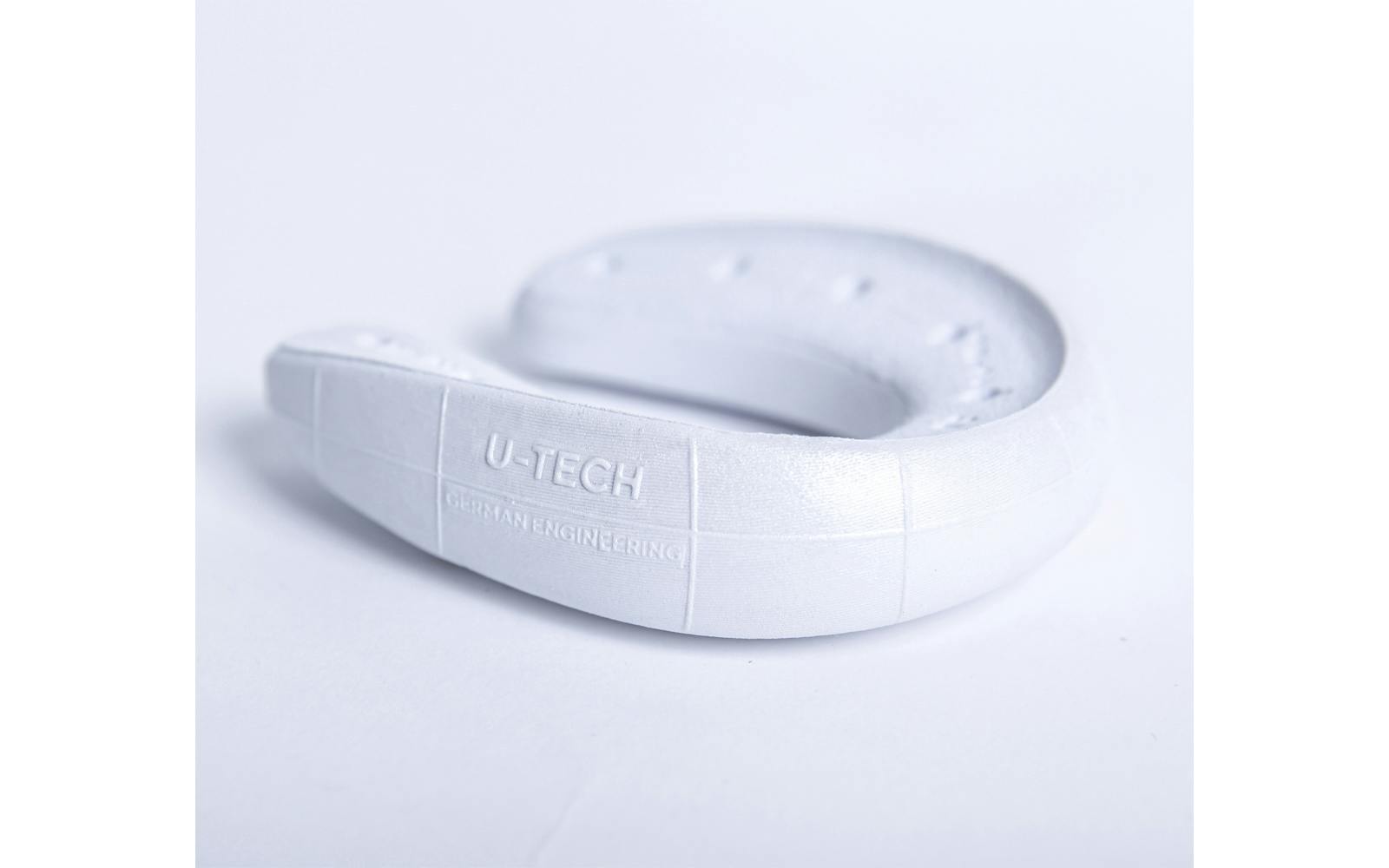
At the same time, the midsole is pressed. That’s where True Motion’s unique horseshoe-shaped U is located. The patented U-TECH™ technology centers the forces generated during running and thus reduces the risk of running-related injuries.
Stockfitting the midsole
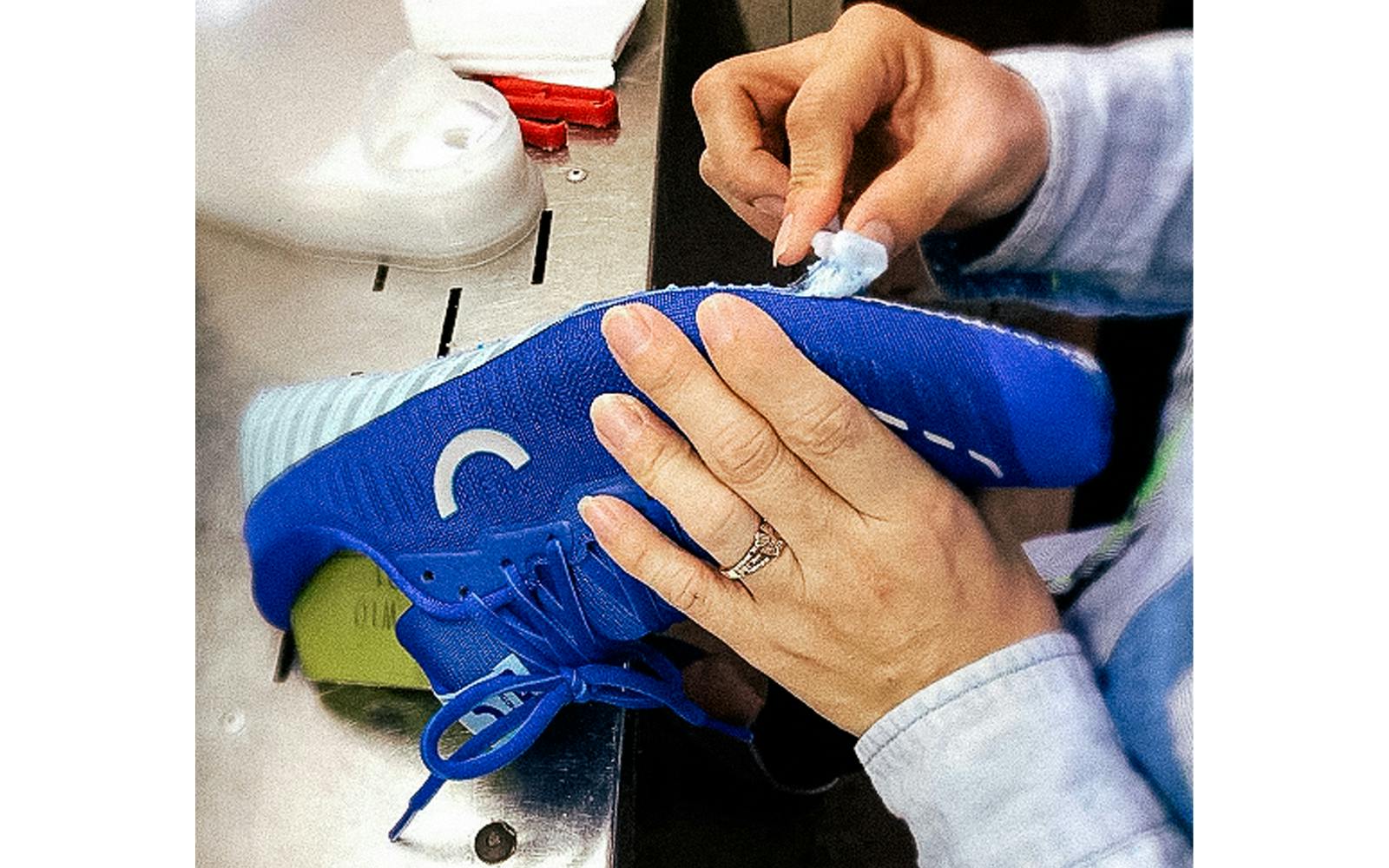
Next, the upper and the midsole are bonded together. The workers coat the bottom of the upper with adhesive and glue the upper material to the midsole.
Adjusting the midsole
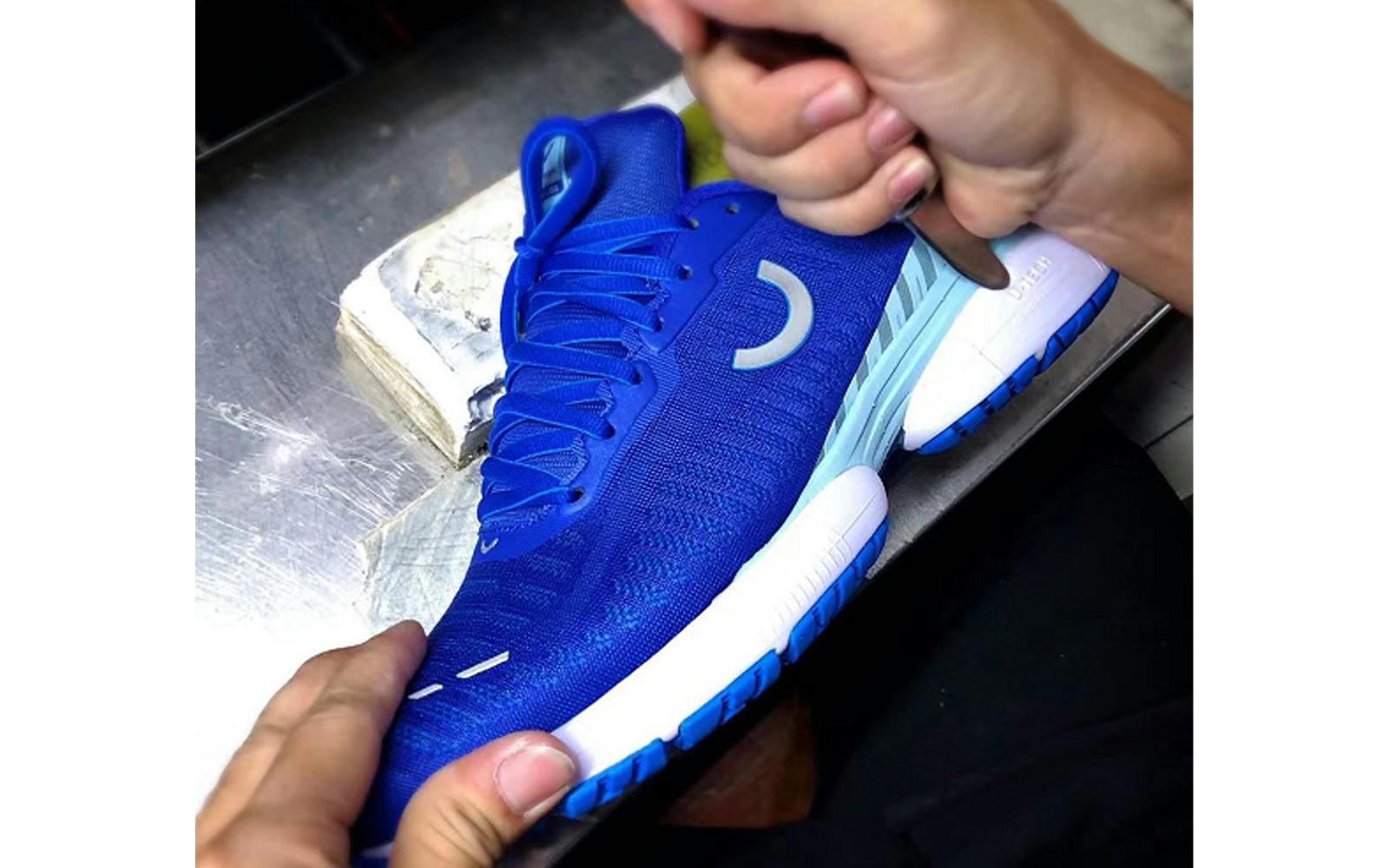
Before the midsole is firmly bonded to the upper, the workers adjust the midsole with the help of a spatula-like tool. If the result is right, it is finally heat-bonded to the upper.
Packaging the running shoe
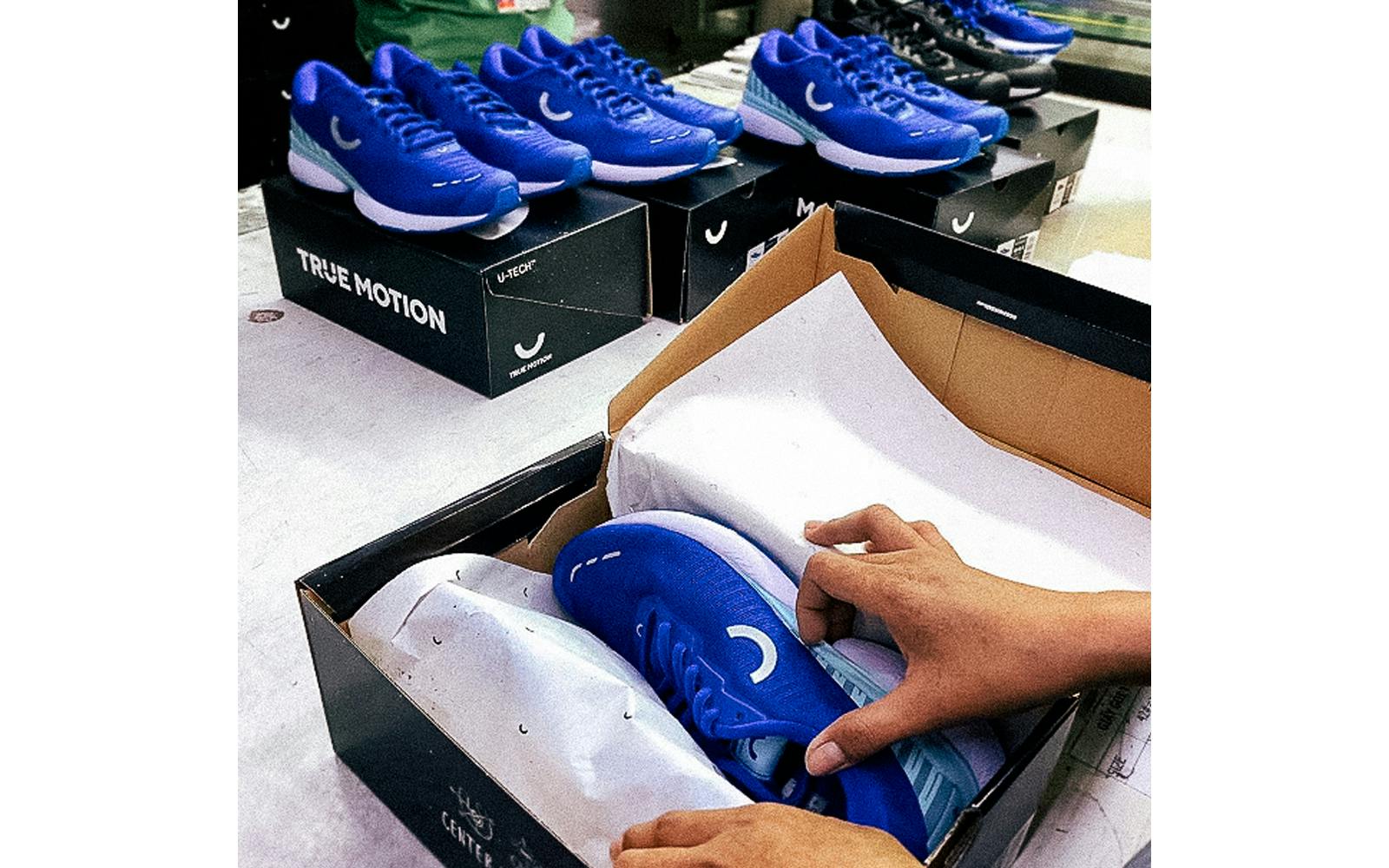
Once all 50 or so individual parts have been assembled, stitched, and stockfitted together, the final inspection takes place. The workers carefully check whether all parts fit properly. If this is the case, they place the running shoes in shoe paper and pack them in boxes. From there, they are sent to True Motion’s warehouse in larger outer boxes.

NEVER RUN OUT OF
NEWS
Discover all True Motion stories – and be the first to hear about new products, promotions and events. Simply, center your run!
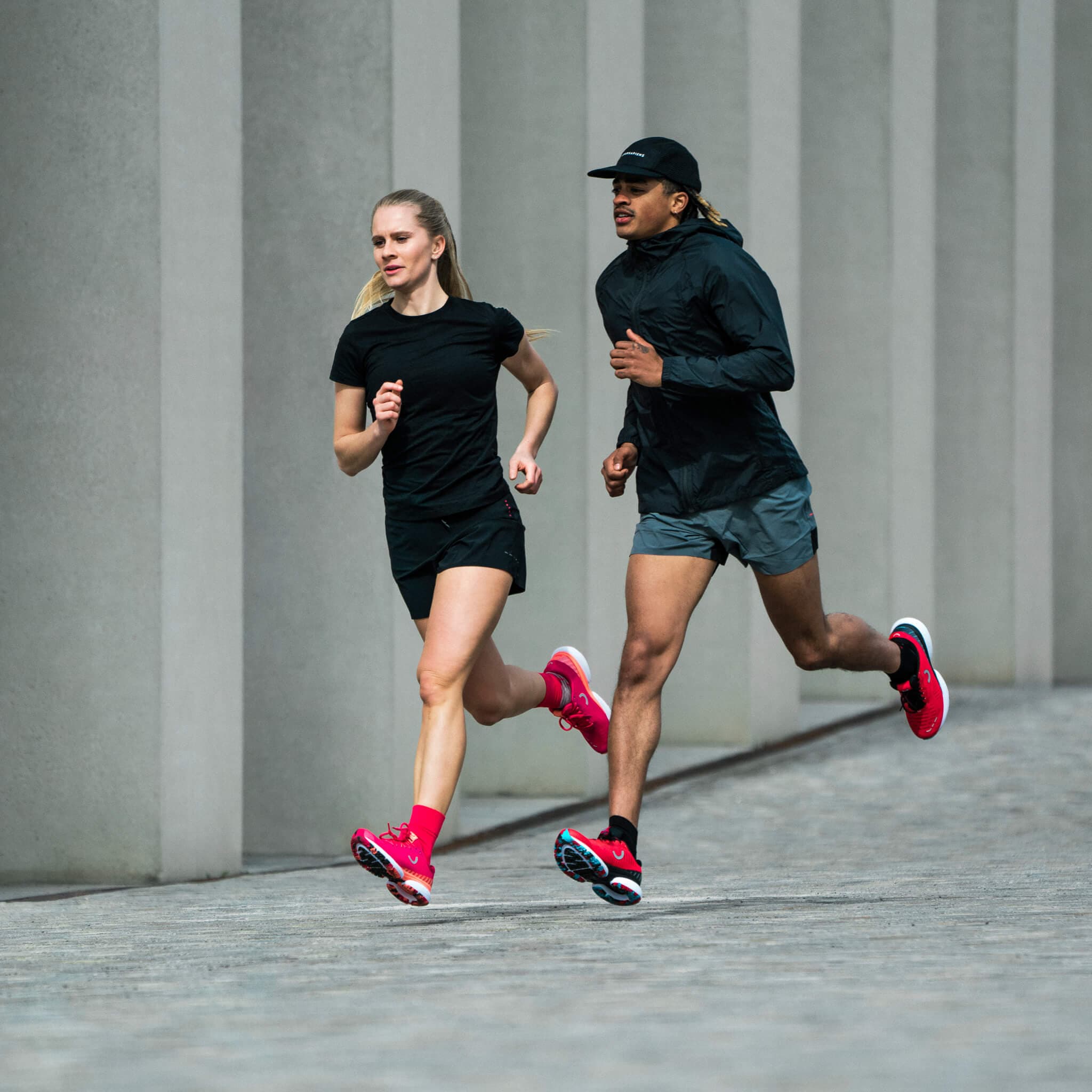
NEVER RUN OUT OF
NEWS
Discover all True Motion stories – and be the first to hear about new products, promotions and events. Simply, center your run!
READ THE NEWEST
U-RUN STORIES
Sabrina Mockenhaupt: This shoe got me running again
2025-10-31

Sabrina Mockenhaupt has achieved everything that many runners dream of. Running was and is her life, until the pain eventually became too much. Today, she is running pain-free again – this is her story.
Laura Schmidt: I have rediscovered running for myself
2025-03-07
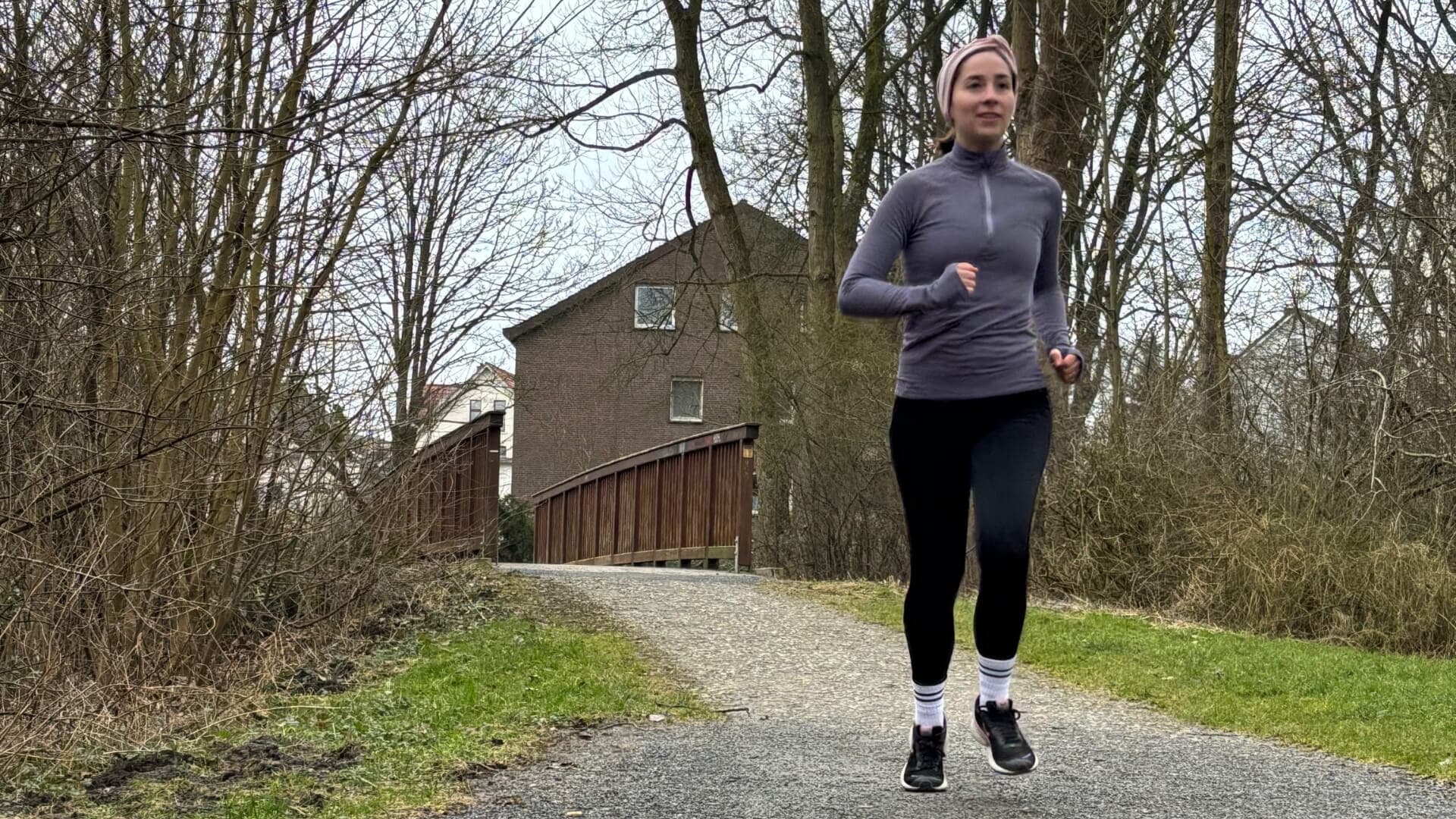
My name is Laura. I started running eight years ago – to clear my head after work. But knee pain kept me from being able to run regularly. A new pair of running shoes was finally the solution. Today I run pain-free. This is my true runner story.
READ THE NEWEST
U-RUN STORIES
Sabrina Mockenhaupt: This shoe got me running again
2025-10-31

Sabrina Mockenhaupt has achieved everything that many runners dream of. Running was and is her life, until the pain eventually became too much. Today, she is running pain-free again – this is her story.
Laura Schmidt: I have rediscovered running for myself
2025-03-07

My name is Laura. I started running eight years ago – to clear my head after work. But knee pain kept me from being able to run regularly. A new pair of running shoes was finally the solution. Today I run pain-free. This is my true runner story.
RECOMMENDED BY



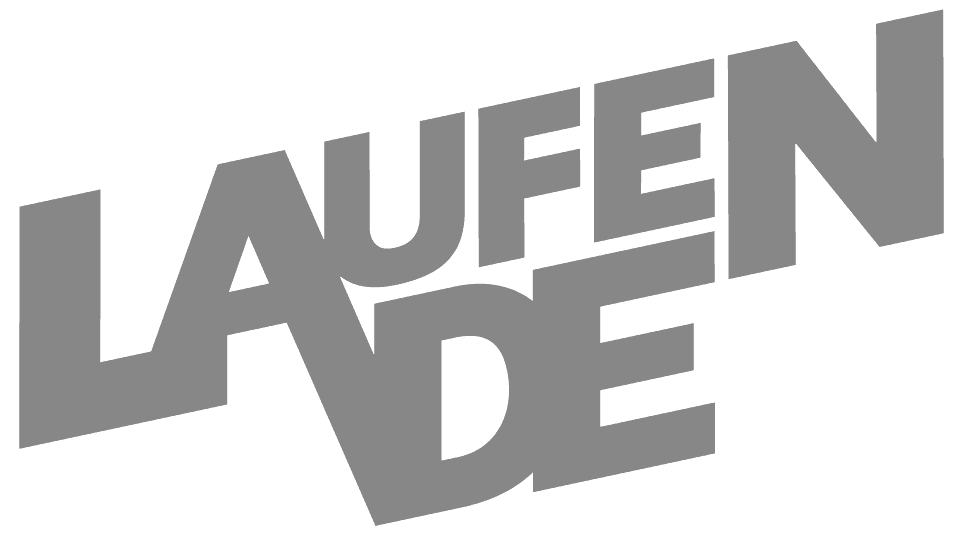




RECOMMENDED BY








GET 10 % OFF YOUR FIRST ORDER!
Get your personal running updates with exclusive discounts, product news, training plans and tips for healthy running - straight to your inbox. 10% discount on your next order.
SERVICE
ABOUT US
© 2025 True Motion Running GmbH

